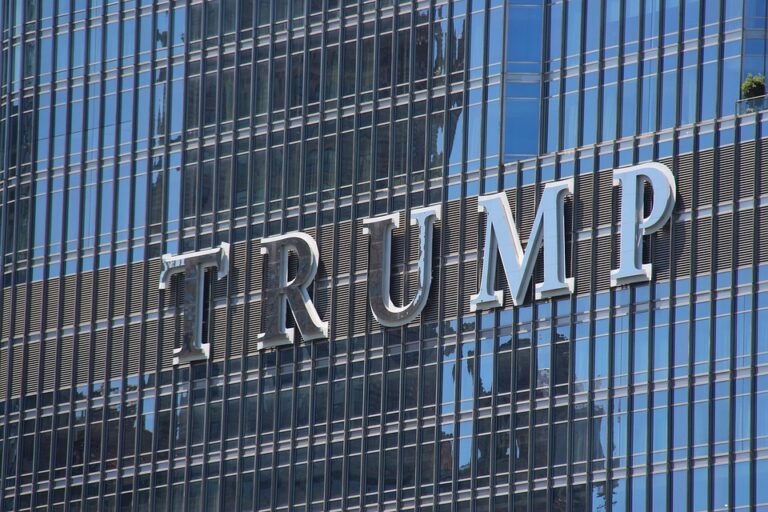Trump Signs Plan for Reciprocal Tariffs on US Trading Partners: What You Need to Know
In a significant move that has sent ripples across global markets, former President Donald Trump recently signed a plan aimed at implementing reciprocal tariffs on U.S. trading partners. This strategy is expected to reshape the landscape of international trade by imposing tariffs that match those imposed by other countries on U.S. goods. With 2024 elections on the horizon, Trump’s new trade policy is a strategic approach with far-reaching effects.

What Are Reciprocal Tariffs?
Reciprocal tariffs are designed to ensure that countries do not take advantage of their trading relationships. Under this policy, if a foreign country enacts a tariff on U.S. goods, the U.S. would respond by imposing an equivalent tariff on goods from that country. The aim is to even the playing field for American manufacturers and protect U.S. jobs.
According to the Peterson Institute for International Economics, the U.S. trade deficit hit approximately $900 billion in 2020, a number that suggests a vital need for strategic changes in trade policy to protect American interests.
The Rationale Behind the Move
Trump’s administration has continuously argued that previous trade agreements unfairly benefited foreign countries at the expense of American workers and businesses. In signing this reciprocal tariff plan, Trump aims to curb the trade deficit by forcing other nations to play by U.S. rules.
Data from the Office of the United States Trade Representative indicates that in 2019, the U.S. had trade deficits with 101 countries. Among the most notable were China, Canada, and Mexico, who collectively accounted for approximately 50% of the total deficit. The new tariffs could motivate these countries to reconsider their trade policies.

The Economic Implications
Experts predict that the implementation of reciprocal tariffs could have mixed effects on the economy. While Trump supporters argue that these tariffs will protect American jobs and industries, critics warn that imposing reciprocal tariffs may lead to a trade war, driving up prices for consumers.
The National Retail Federation has projected that U.S. consumer prices could rise between 10-30% as a result of increased tariffs. With inflation already a concern post-pandemic, such a leap in costs could strike a harsh blow to American families.
A Diversified Impact Across Sectors
Certain sectors of the economy may benefit more than others. Manufacturing, particularly steel and aluminum, may see immediate advantages as these industries could experience protection from foreign competition. In contrast, consumer goods, electronics, and agricultural sectors may face challenges with increased import costs.
Import Tariff Data
- Steel: In 2021, the U.S. imported approximately 29 million metric tons of steel, with China being one of the largest sources.
- Agriculture: Reports indicate that U.S. agricultural exports to China were valued at roughly $14.9 billion, a figure that could face hurdles if retaliatory tariffs are enacted.

Potential Reactions from Trading Partners
Countries affected by these tariffs could take defensive measures, including retaliatory tariffs of their own. China, for instance, has historically responded with counter-tariffs on American goods, impacting industries ranging from soybeans to automobiles.
The European Union is another key player that could react strongly, particularly against any tariffs placed on high-end luxury goods, which represent a significant portion of U.S. exports overseas.
Long-term Considerations
While the immediate effects of the new reciprocal tariff plan are still unfolding, economists stress that the long-term implications could be more significant. Ongoing tariff disputes can result in strained international relationships and could lead to a decrease in foreign investment in the U.S.
Ultimately, Trump’s reciprocal tariff strategy could serve as a defining issue in the upcoming elections, influencing both voter sentiment and the economic direction of the country.

Final Thoughts
Trump’s signing of the reciprocal tariff plan opens a new chapter in U.S. trade policy. As this initiative unfolds, it will be crucial to monitor its impact on global trade dynamics and the U.S. economy. American consumers, businesses, and policymakers will need to prepare for both the opportunities and challenges presented by this new legislative move.
As with any policy, the effects of reciprocal tariffs will likely reflect a tug-of-war between protectionism and globalization—a balancing act that will be scrutinized in the context of economic performance and political viability.


